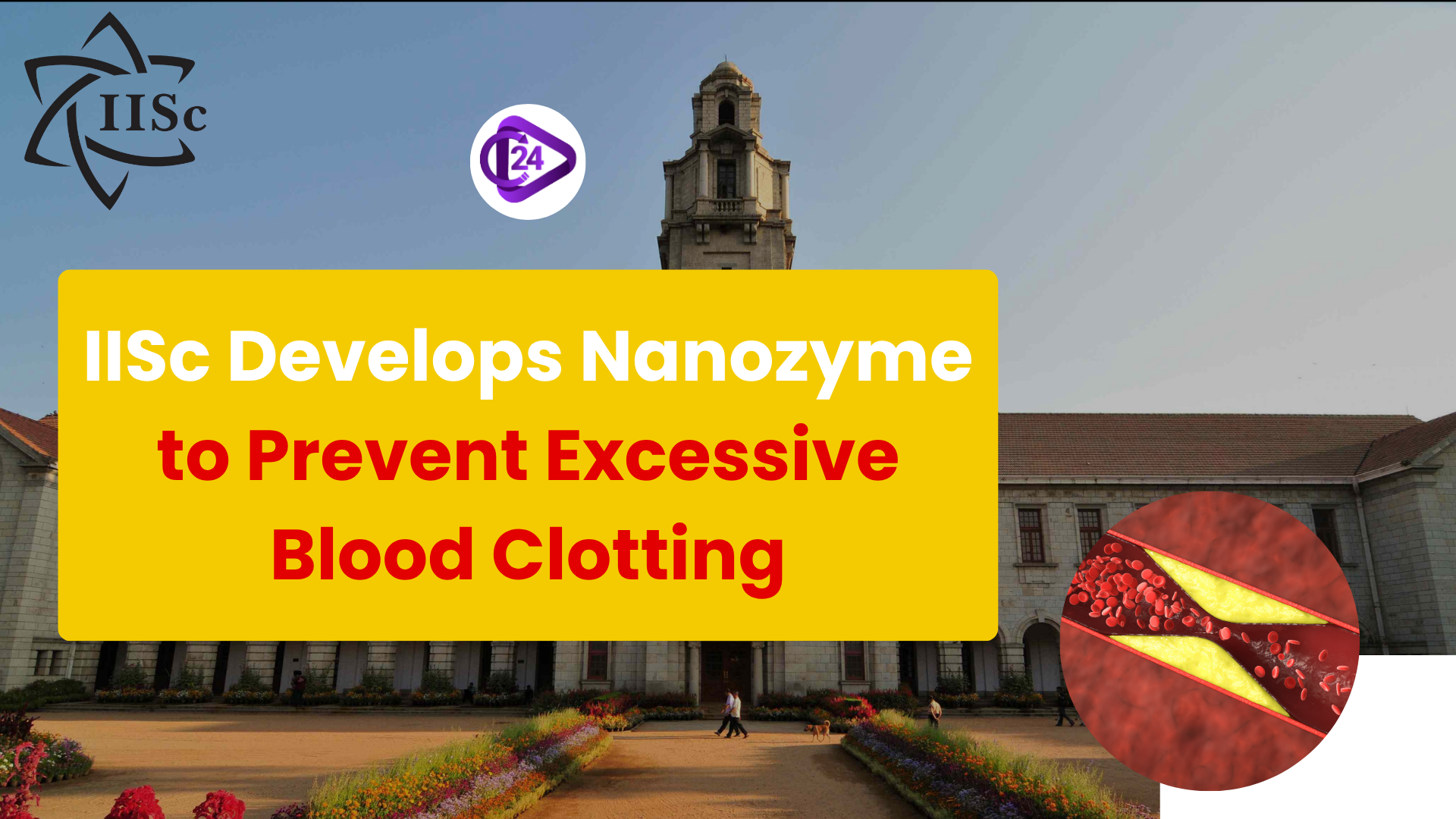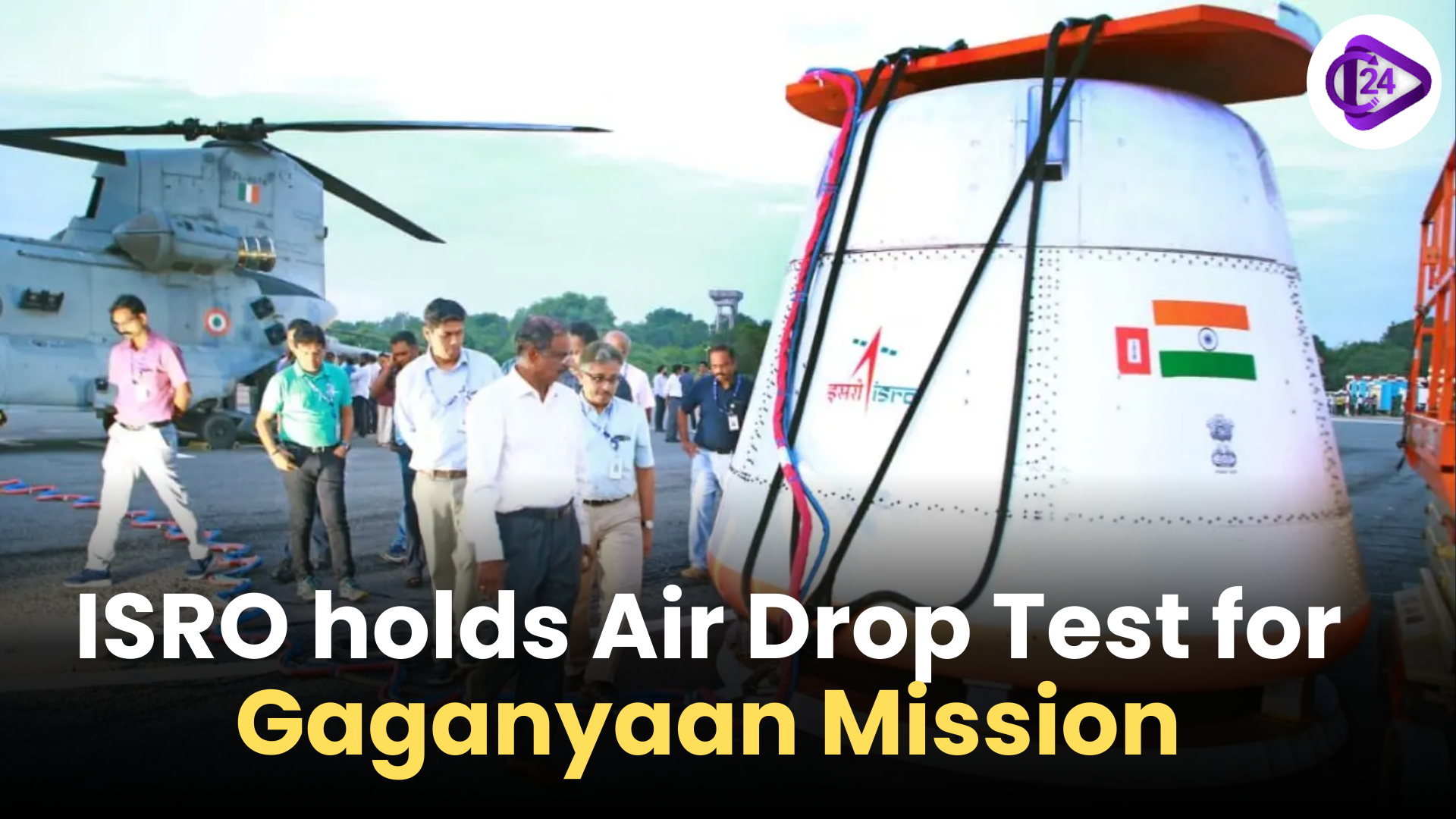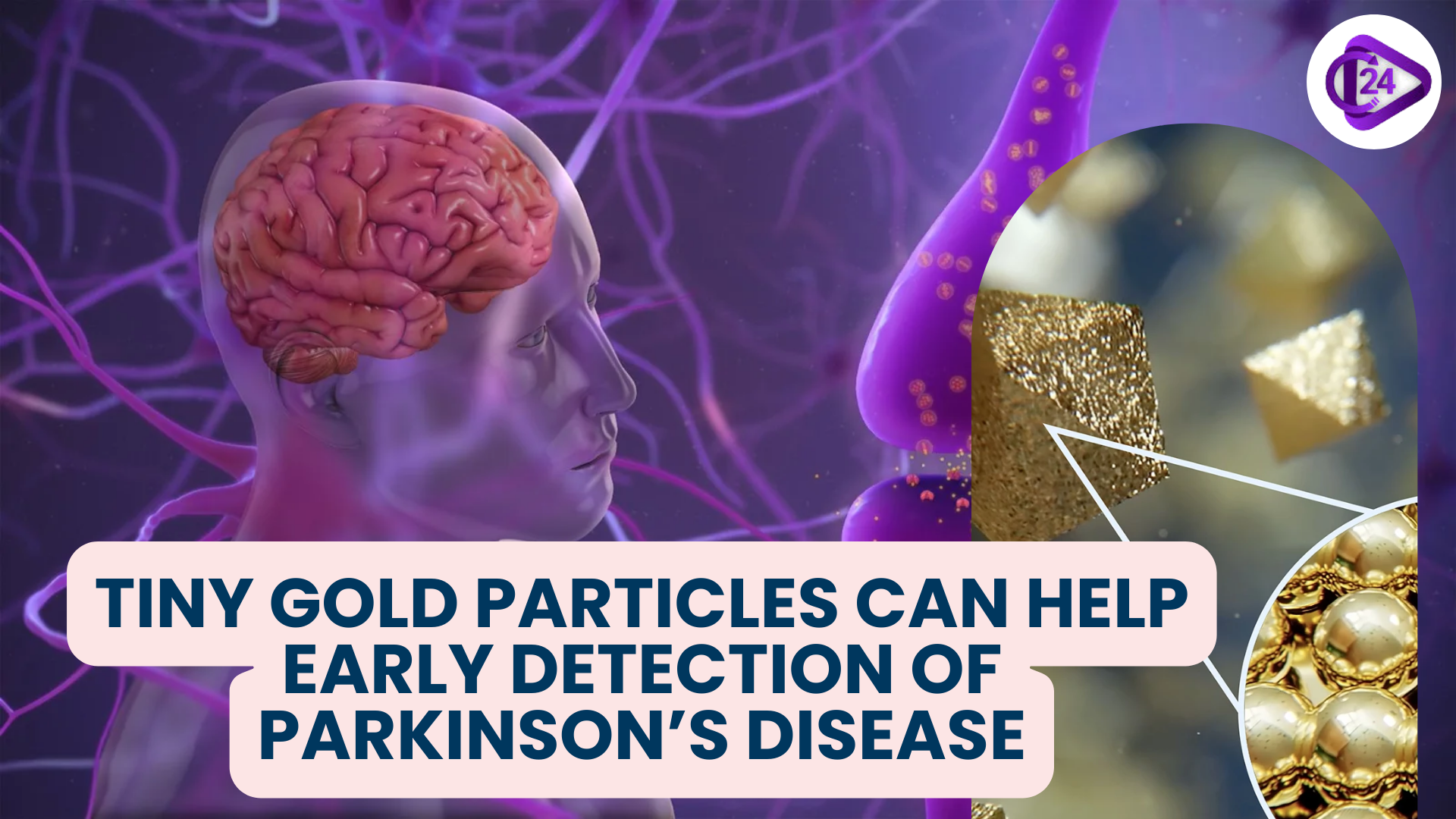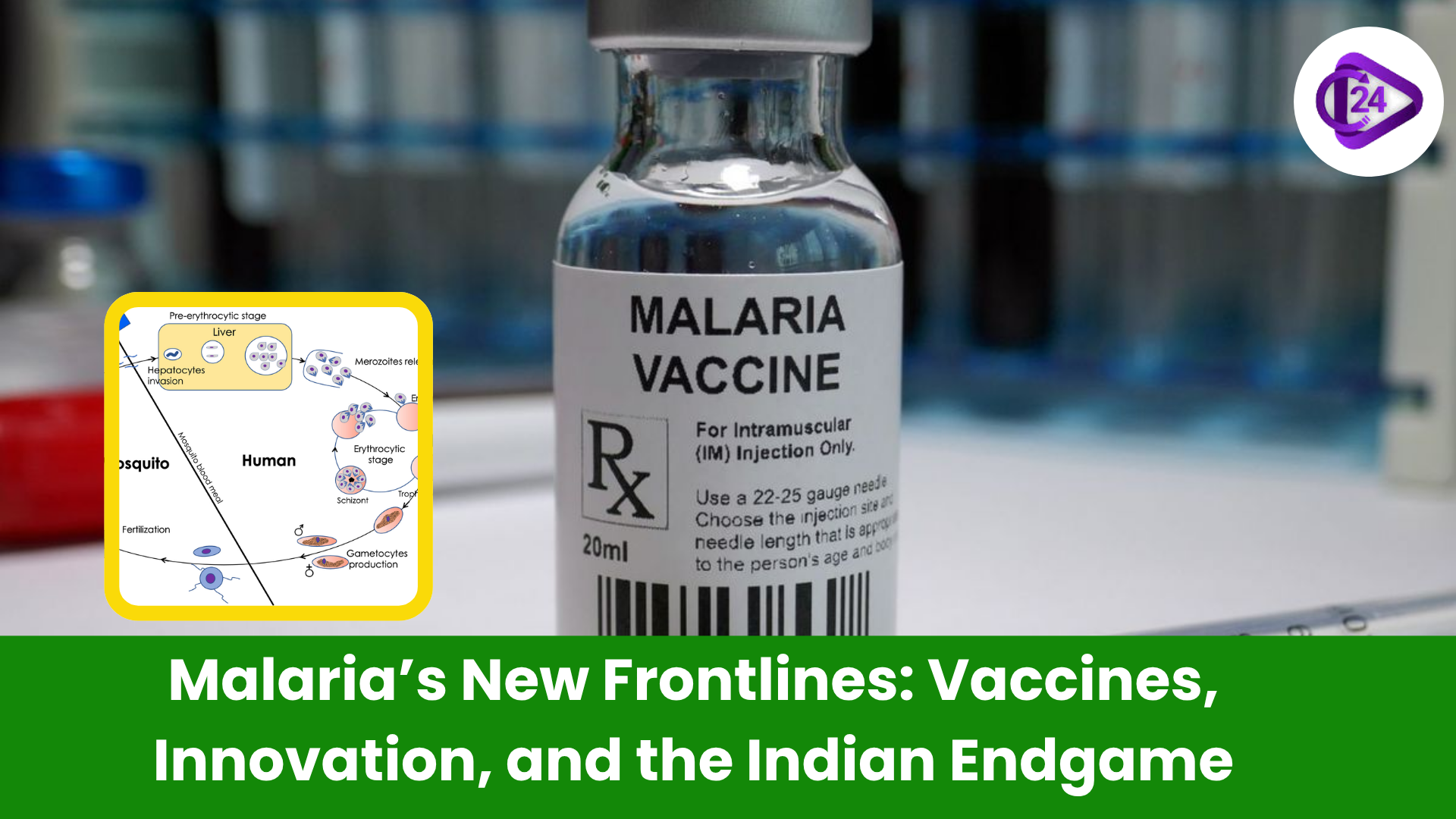
A metal-based nanozyme for preventing rare blood clotting, helpful in PTE and stroke, is being developed at the Indian Institute of Science (IISc) in Bengaluru. Too many blood clots can form in people with PTE, COVID-19 or oxidative stress because this protective process of clotting sometimes fails. They have made nanozymes that behave like natural antioxidant enzymes to manage Reactive Oxygen Species (ROS) and stop platelets from joining to form a blood clot. Countless experiments have pointed out that spherical-shaped vanadium pentoxide (V2O5) is the best nanozyme. Researchers are planning more studies to see how it affects ischemic stroke.
Context
-
At IISc researchers have formulated a metal-based nanozyme that stops excessive blood clotting that may happen in diseases such as Pulmonary Thromboembolism and ischemic stroke.
-
Innovations target both regulating the amount of Reactive Oxygen Species and preventing platelet aggregation which helps with antithrombotic therapy.
Key Points
Scientific Development:
-
A metal-based nanozyme invented at IISc to control unhealthy blood clotting.
-
Used to help manage patients suffering from pulmonary thromboembolism (PTE) or ischemic stroke.
Biological Context:
-
In effect, proteins called collagen and thrombin help activate platelets, leading to blood vessels to form blood clots.
-
As a result of conditions like PTE or COVID-19, there is overproduction of ROS that increases platelet activation which in turn raises the chance of clot formation and can be seriously harmful or lethal.
Nanozyme Innovation:
-
With the help of Prof. G. Mugesh, researchers came up with redox-active nanozymes that can replace natural antioxidant enzymes.
-
In the body, nanozymes protect against oxidative stress, stop extra platelets from sticking together and stop unnecessary clotting in blood vessels.
-
The shape of spherical vanadium pentoxide (V2O5) was found to be the most efficient.
Steps Taken to Conduct Research and Outcomes
-
To test them, a group of platelets was separated from human blood and treated with different nanosystems to check if they could stop platelet aggregation.
-
The following step is to study the ability of the nanozyme in preventing ischemic stroke.
Conclusion
Using IISc researchers, creating a nanozyme from metal marks a new achievement for dealing with excessive blood clotting disorders. With the advancement of clot management, there is the chance to lower the chances of thromboembolism and ischemic stroke. Working on new uses of statins could bring about new treatments for cardiovascular and neurological diseases.
UPSC Prelims Practice Question
1. From among these which is accurate about the research on nanozymes being conducted at the Indian Institute of Science (IISc)?
a) This nanozyme manufactured at IISc falls under metals and it ceases unnecessary platelet gathering that can occur with diseases like COVID-19.
b) The nanozyme has only been found to help fight against pulmonary thromboembolism (PTE), but not ischemic stroke.
c) Among the nanozymes tested, researchers found that vanadium pentoxide (V2O5) was least efficient.
d) The nanozyme works by releasing Reactive Oxygen Species (ROS) to keep blood from clotting.
UPSC Mains Practice Question
Q.1 "Study how the metal-based nanozyme produced at IISc helps treat too many blood clots." Look at the ways it may help with diseases like Pulmonary Thromboembolism (PTE) and ischemic stroke.



 World’s 1st Functioning AI-designed Viral Genome
World’s 1st Functioning AI-designed Viral Genome AI-led Efficiencies Could Contribute to 8% GDP Growth Target: NITI Aayog
AI-led Efficiencies Could Contribute to 8% GDP Growth Target: NITI Aayog India Projects Five-fold Growth in Space Economy to $44 Billion by 2033
India Projects Five-fold Growth in Space Economy to $44 Billion by 2033 Ministry of Tribal Affairs to Launch the Beta Version of “Adi Vaani”
Ministry of Tribal Affairs to Launch the Beta Version of “Adi Vaani” UNGA Launches Two New Initiatives to Strengthen Global Cooperation on AI Governance
UNGA Launches Two New Initiatives to Strengthen Global Cooperation on AI Governance ISRO holds Air Drop Test for Gaganyaan Mission
ISRO holds Air Drop Test for Gaganyaan Mission Tiny Gold Particles can help early detection of Parkinson’s Disease
Tiny Gold Particles can help early detection of Parkinson’s Disease National Space Day 2025 Celebrated Across India
National Space Day 2025 Celebrated Across India Malaria’s New Frontlines: Vaccines, Innovation, and the Indian Endgame
Malaria’s New Frontlines: Vaccines, Innovation, and the Indian Endgame India-NASA Earth Observation Partnership: NISAR Satellite Launch
India-NASA Earth Observation Partnership: NISAR Satellite Launch






